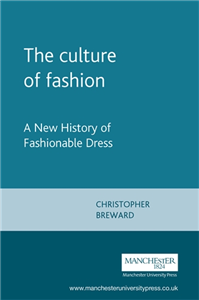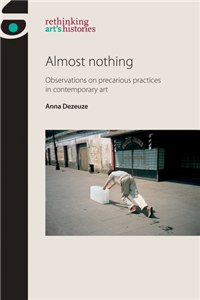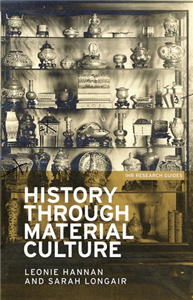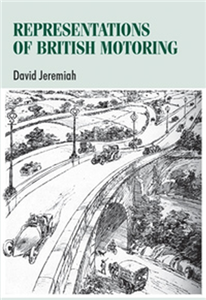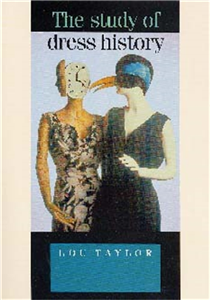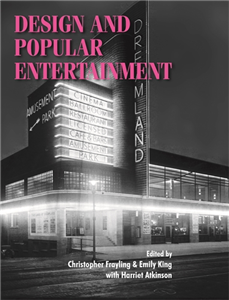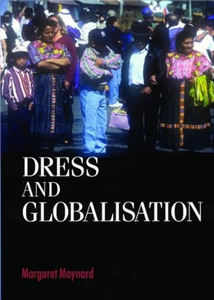Arts and Crafts objects
by Imogen Hart, Christopher Breward, Bill Sherman
In this groundbreaking reassessment of the conventional understanding of a cohesive 'Arts and Crafts movement' in Britain, Imogen Hart argues that a sophisticated mode of looking at decorative art developed in England during the second half of the nineteenth century. Bringing to light a significant number of little-known visual and textual sources, Arts and Crafts Objects insists that the history of British design between the 1830s and the 1910s is more complex and interwoven than concepts of clearly differentiated 'movements' allow for. Reinvesting the objects with the original importance ascribed to them by their makers and users, this book places furniture, metalwork, tiles, vases, chintzes, carpets, and wallpaper at the centre of a rigorous reassessment of the concept of 'Arts and Crafts'. The book offers radical new interpretations of the Arts and Crafts Exhibition Society and the homes of William Morris, alongside illuminating analyses of less familiar but equally rich contexts. ;






